Last updated on
Let’s explore the differences between frameless and framed cabinetry to help you make an informed decision when choosing cabinets for your home.
Choosing between frameless or framed cabinetry is one of the most important decisions when designing a kitchen.
I remember working on a project for a couple who had just bought their dream home. They wanted to renovate their kitchen completely, but they were torn between frameless or framed cabinetry.
The wife loved the sleek look of frameless cabinets, while the husband preferred traditional framed cabinets.
After discussing their preferences and needs in detail, we finally settled on framed cabinetry as it suited their lifestyle better. But this got me thinking – what are the pros and cons of each option?
In this blog post, I will explore both options in detail to help you make an informed decision when designing your own dream kitchen.
Key takeaways:
- Frameless cabinetry offers a sleek and modern look.
- Framed cabinetry has a classic look and adds depth.
- Frameless cabinets provide more storage space.
- Framed cabinets are more durable and stable.
- Frameless cabinets are generally more expensive.
What's Inside
Frameless Cabinetry Overview
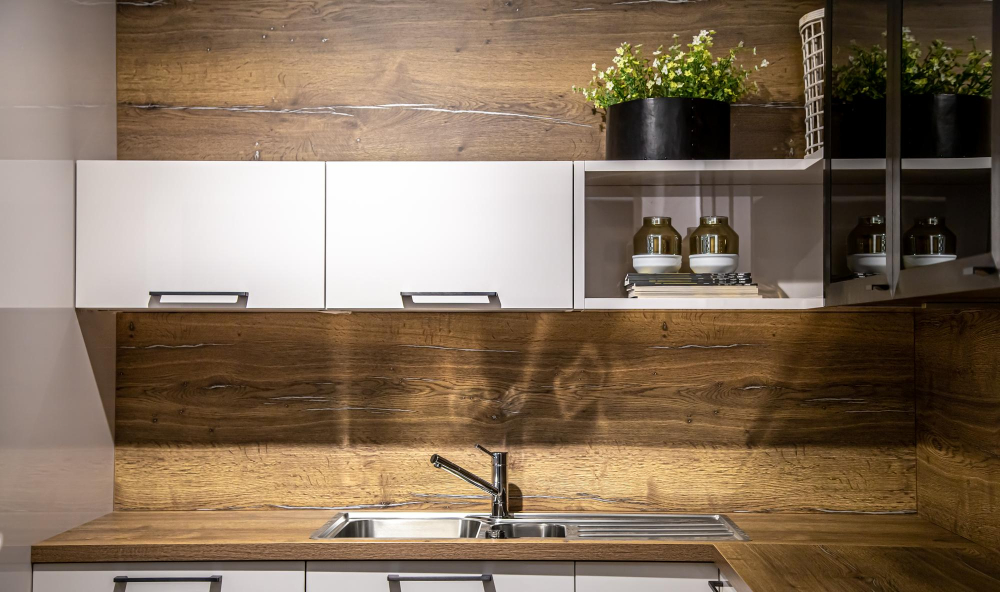
Frameless cabinetry, also known as European-style cabinets, has been gaining popularity in recent years due to its sleek and modern look. Unlike framed cabinets that have a face frame around the cabinet box, frameless cabinets do not have any framing on the front of the cabinet.
This means that there is no space wasted between doors or drawers.
The construction of frameless cabinetry involves attaching panels directly to each other without using a separate face frame. The result is more storage space inside each cabinet and easier access to items stored within them.
Another advantage of choosing this style is its versatility in design options. Frameless cabinets can be customized with various materials such as wood veneers or laminates for different finishes and textures.
However, it’s important to note that because there are no frames around the edges of these types of cabinets they may require additional support during installation compared with traditional framed cabinetry which can make them slightly more expensive than their counterparts. Overall if you’re looking for a modern aesthetic with maximum storage capacity then consider going for Frameless Cabinetry when designing your kitchen!
Framed Cabinetry Overview
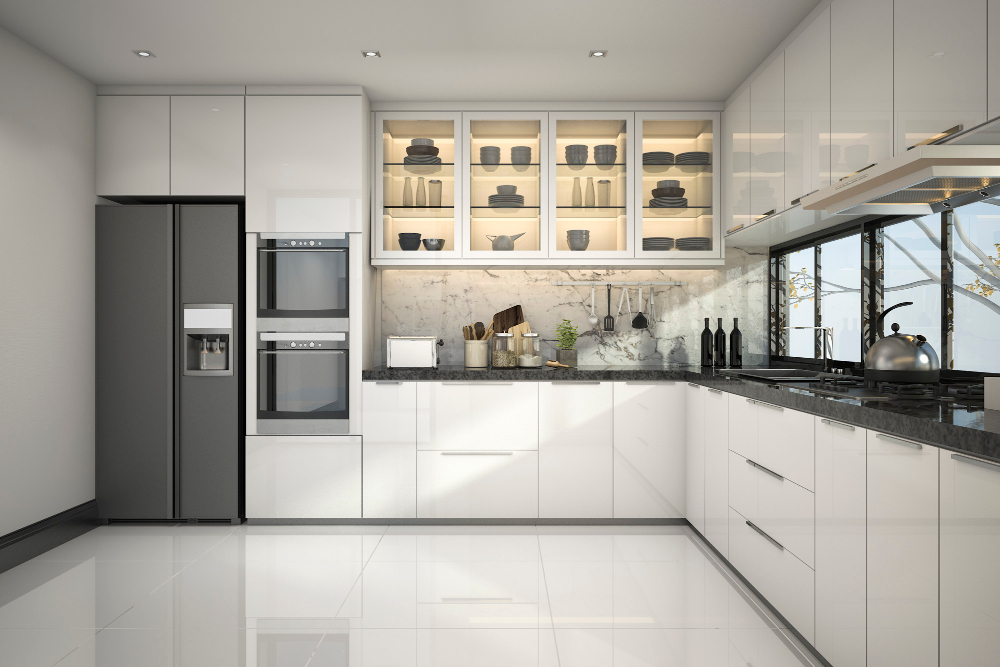
Framed cabinetry is a traditional style of kitchen cabinets that has been around for centuries. It features a frame made of solid wood or engineered wood, which surrounds the cabinet box and provides structural support.
The frame also serves as a decorative element, adding depth and dimension to the overall design.
Framed cabinets come in various styles, including inset, partial overlay, and full overlay. Inset cabinets have doors that are set inside the frame opening while partial overlay doors partially cover the face frame leaving some parts exposed.
Full-overlay doors completely cover up all visible parts of the face-frame giving it an almost seamless look.
One advantage of framed cabinetry is its durability due to its construction method; it can withstand heavy loads without sagging or warping over time compared to their counterparts with no frames at all (frameless). They offer more customization options than their counterpart because you can choose from different types of woods for your frames such as oak or maple depending on your preference.
However one disadvantage could be less storage space since there’s always going to be some part covered by framing material but this depends on how much space you need in your kitchen. Overall if you’re looking for timeless elegance with added stability then framed cabinetry might just be what you need!
Construction Differences
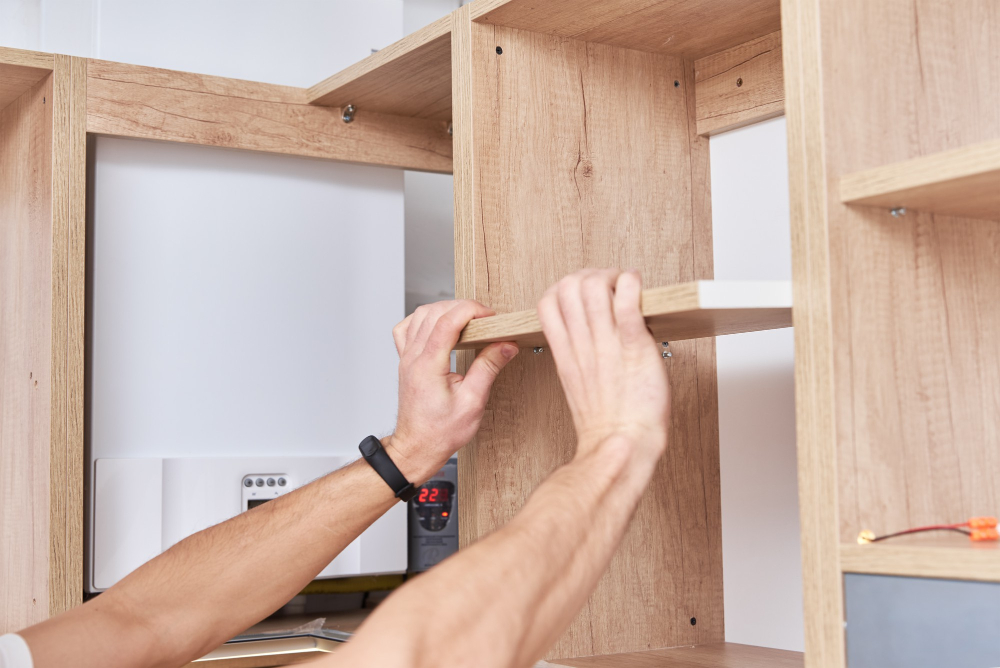
When it comes to construction, the main difference between frameless and framed cabinetry lies in their structure. Framed cabinets have a solid wood frame that outlines the cabinet box, while frameless cabinets do not have this additional framing.
Framed cabinetry is constructed with a face-frame made of hardwood or plywood that is attached to the front of the cabinet box. This provides extra support for heavy countertops and prevents warping over time.
The doors are then mounted onto this face-frame using hinges.
On the other hand, frameless cabinets rely on thicker side panels (usually ¾ inch) which provide stability without needing an additional framework around them. The doors are directly attached to these panels using special hardware called European-style hinges.
Both types of construction methods have their advantages and disadvantages depending on your needs and preferences when designing your kitchen space.
Aesthetics and Design Options

When it comes to aesthetics and design options, both frameless and framed cabinetry have their unique features. Frameless cabinets offer a sleek, modern look with clean lines that can make your kitchen appear more spacious.
They also provide full access to the interior of the cabinet, making it easier to store larger items.
On the other hand, framed cabinets offer a classic look that can complement any kitchen style. The frames around each door add depth and dimension while providing additional stability for heavier items stored inside.
When choosing between these two options, consider your personal style preferences as well as how they will fit into your overall kitchen design scheme. If you prefer a minimalist or contemporary aesthetic with clean lines and simple designs then frameless may be right for you; however if traditional styles are more appealing then go for framed cabinetry instead.
Ultimately though there is no right or wrong choice when it comes down to aesthetics – what matters most is finding something that suits both your taste in decor as well as practical needs such storage capacity requirements!
Storage Capacity Comparison
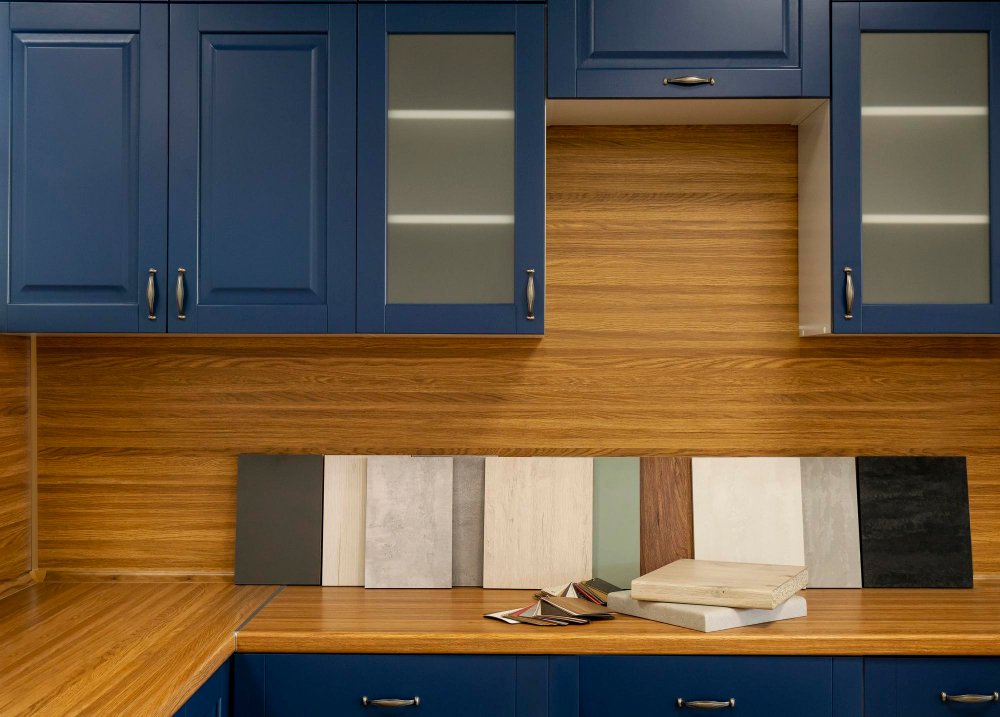
When it comes to kitchen cabinetry, storage capacity is a crucial factor to consider. Both frameless and framed cabinets offer different levels of storage capacity due to their construction differences.
Frameless cabinets have full access interiors, which means that there are no frames or center stiles between the doors. This design allows for more space inside the cabinet and easier access to items stored within.
Frameless cabinets can be built taller than framed ones because they don’t require a face frame for support.
On the other hand, framed cabinets have a face frame that adds stability but also reduces interior space slightly. However, this reduction in interior space is often negligible as most manufacturers account for it by making adjustments in shelf depth or height.
Ultimately when comparing storage capacities between these two options – both provide ample room depending on your needs and preferences; however if you’re looking for maximum efficiency with minimal obstruction then Frameless Cabinetry may be your best bet!
Installation Process
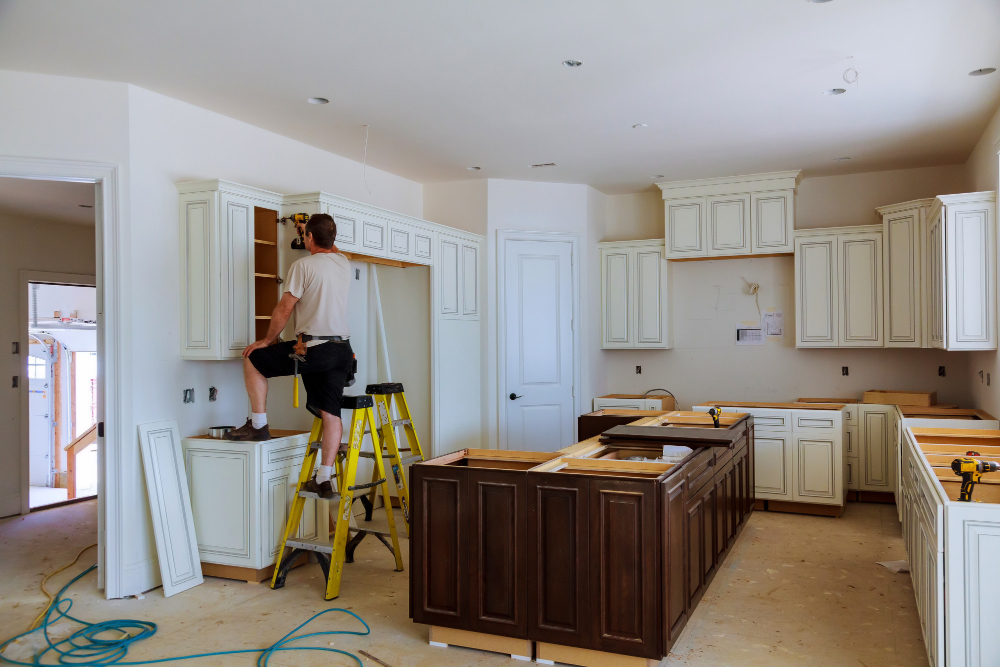
Once you have decided on the type of cabinetry that suits your needs, it’s time to think about the installation process. The installation process for both frameless and framed cabinets is relatively similar, but there are a few differences to keep in mind.
Frameless cabinets are easier to install as they don’t require a face frame. They can be installed directly onto walls or hung from rails using metal brackets.
This makes them an ideal option for DIY enthusiasts who want to save money by installing their own kitchen cabinets.
On the other hand, framed cabinetry requires more precision during installation due to its face frame construction. The frames need to be perfectly aligned before attaching them with screws or nails onto walls or hanging rails.
It’s important not only that your chosen cabinet style fits well into your kitchen design but also that it is installed correctly so as not cause any issues down the line such as sagging shelves and doors misaligned with each other. Therefore if you’re unsure about how best to proceed when installing new cabinetry in your home then hiring professional help may be worth considering especially if this will involve major changes like moving plumbing lines etc.
While both types of cabinet styles offer unique benefits depending on what you’re looking for in terms of aesthetics and functionality; understanding their respective pros & cons should make choosing between them much easier!
Durability and Stability
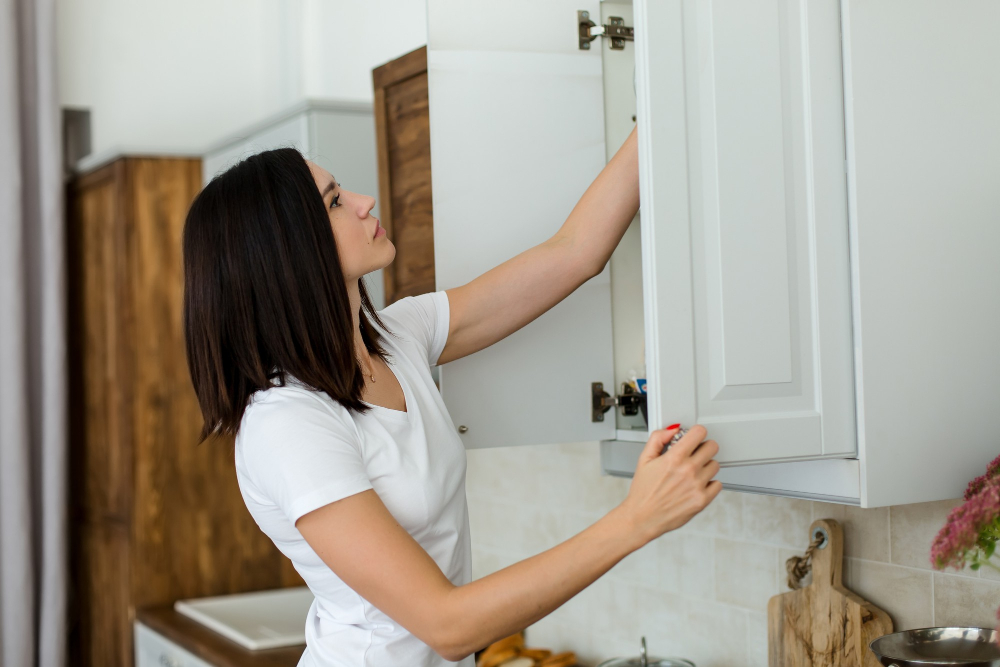
When it comes to durability and stability, both frameless and framed cabinetry have their pros and cons. Framed cabinets are known for their sturdiness due to the presence of a solid frame that provides support.
This makes them ideal for heavy items such as dishes, pots, pans, etc., which can be stored without fear of sagging or warping.
On the other hand, frameless cabinets rely on thicker side panels that provide structural integrity. They do not have a face-frame like traditional cabinetry but instead use thicker materials such as plywood or MDF (medium-density fiberboard) to create stability.
While both options are durable in their own way when properly installed by professionals using high-quality materials; framed cabinets tend to be more stable than frameless ones due to the added support provided by the face-frame construction.
However, with advancements in technology and manufacturing processes over recent years; modern-day hardware systems used in installing cabinet doors onto frames make it possible for even lightweight doors on a well-constructed box structure (frameless) to last just as long if not longer than those mounted onto frames. Ultimately your choice will depend on your personal preferences regarding aesthetics versus functionality while keeping an eye out for quality craftsmanship during installation regardless of what option you choose
Customization Possibilities
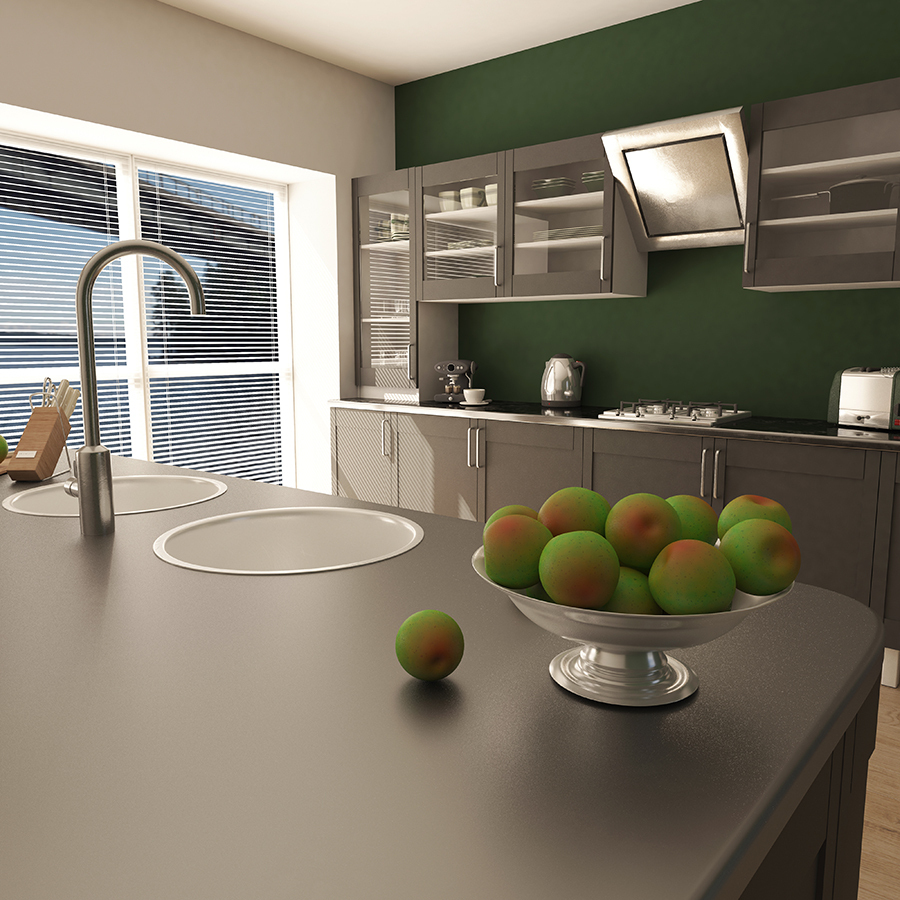
When it comes to customization, both frameless and framed cabinetry offer a wide range of options. However, the level of customization may vary depending on the manufacturer and your budget.
Framed cabinets are more traditional in design and often come with pre-determined sizes for doors, drawers, and shelves. However, they can still be customized by choosing from different finishes such as wood stains or paint colors.
You can also add decorative elements like crown molding or glass inserts to give them a unique look.
On the other hand, frameless cabinets offer more flexibility in terms of size since they don’t have frames that limit their dimensions. This means you can customize them according to your specific needs without any restrictions on door or drawer sizes.
Frameless cabinets allow for easier access to items stored inside due to their full-overlay design which eliminates any gaps between cabinet doors when closed.
Overall both types of cabinetry provide ample opportunities for personalization based on individual preferences while keeping functionality at its core.
Cost Analysis

When it comes to designing a kitchen, cost is always a significant factor. The price difference between frameless and framed cabinetry can be substantial, so it’s essential to consider your budget before making a decision.
Frameless cabinets are generally more expensive than framed cabinets due to their construction method and the materials used. They require thicker panels and stronger hardware for support since they don’t have frames around the edges.
Frameless cabinets often use high-quality materials like hardwood or plywood that add up to their overall cost.
On the other hand, framed cabinetry uses less material in its construction process compared with frameless ones; hence they tend to be cheaper. However, this doesn’t mean that you cannot find high-end options of both types at similar prices.
Ultimately your choice will depend on what you prioritize most: aesthetics or budget? If you’re willing to spend more money upfront for sleeker design options with better storage capacity (frameless), then go ahead! But if saving some cash while still getting an elegant look is important (framed), then choose accordingly.
Maintenance and Repair
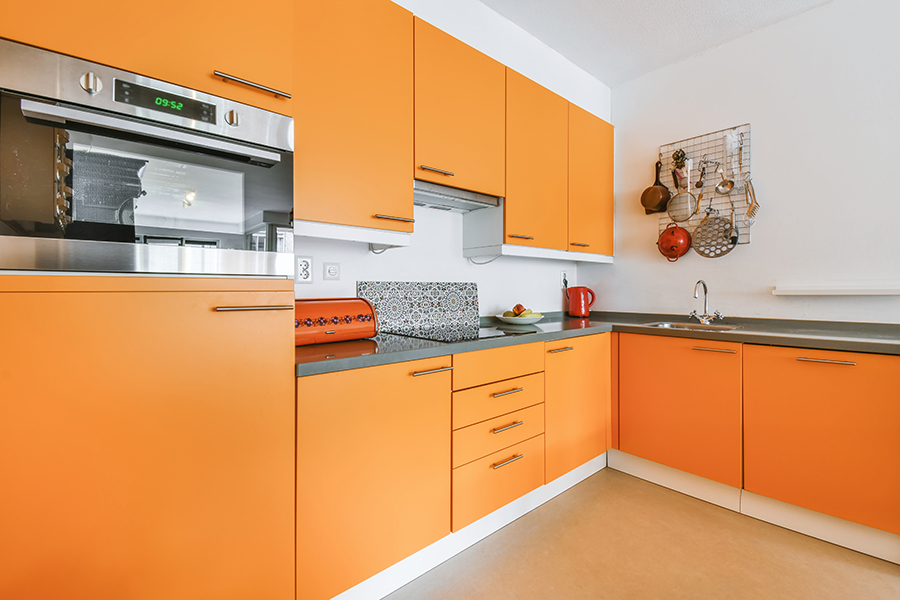
When it comes to maintenance, both frameless and framed cabinetry require regular cleaning to keep them looking their best. However, the type of cleaning required may differ depending on the construction.
Frameless cabinets have a smooth surface that is easy to clean with a damp cloth or sponge. They are also less prone to dust accumulation due to their lack of frames.
On the other hand, framed cabinets have more crevices where dirt can accumulate over time.
In terms of repair, both types can be fixed if damaged. Frameless cabinets may require replacement parts for hinges or drawer slides if they become worn out over time.
Framed cabinets may need repairs on broken frames or hinges as well.
It’s important to note that while repairs are possible for both options, it’s always better in terms of cost-effectiveness and longevity when you invest in high-quality materials from reputable manufacturers upfront rather than opting for cheaper alternatives which will likely lead you down an expensive path later on.
Ultimately whether you choose frameless or framed cabinetry depends largely upon your personal preferences regarding aesthetics and functionality but considering all aspects including maintenance requirements is crucial before making any final decisions about your kitchen design project!




